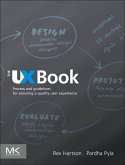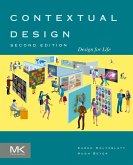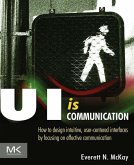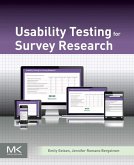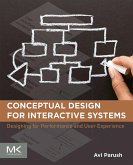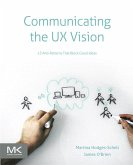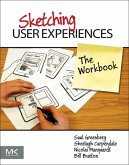The UX Book: Agile Design for a Quality User Experience, Third Edition, takes a practical, applied, hands-on approach to UX design based on the application of established and emerging best practices, principles, and proven methods to ensure a quality user experience. The approach is about practice, drawing on the creative concepts of design exploration and visioning to make designs that appeal to the emotions of users, while moving toward processes that are lightweight, rapid, and agile-to make things as good as resources permit and to value time and other resources in the process.Designed as a textbook for aspiring students and a how-to handbook and field guide for UX professionals, the book is accompanied by in-class exercises and team projects.The approach is practical rather than formal or theoretical. The primary goal is to imbue an understanding of what a good user experience is and how to achieve it. To better serve this, processes, methods, and techniques are introduced early to establish process-related concepts as context for discussion in later chapters. - A comprehensive textbook for UX/human-computer interaction (HCI) design students readymade for the classroom, complete with instructors' manual, dedicated website, sample syllabus, examples, exercises, and lecture slides - Features HCI theory, process, practice, and a host of real-world stories and contributions from industry luminaries to prepare students for working in the field - The only HCI textbook to cover agile methodology, design approaches, and a full, modern suite of classroom material (stemming from tried and tested classroom use by the authors)
Dieser Download kann aus rechtlichen Gründen nur mit Rechnungsadresse in A, B, BG, CY, CZ, D, DK, EW, E, FIN, F, GR, HR, H, IRL, I, LT, L, LR, M, NL, PL, P, R, S, SLO, SK ausgeliefert werden.



